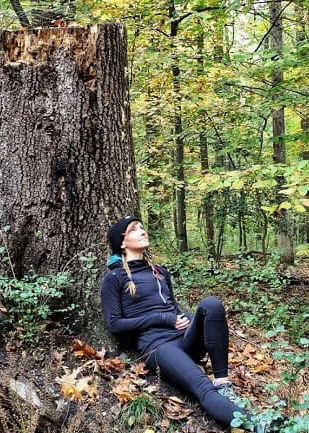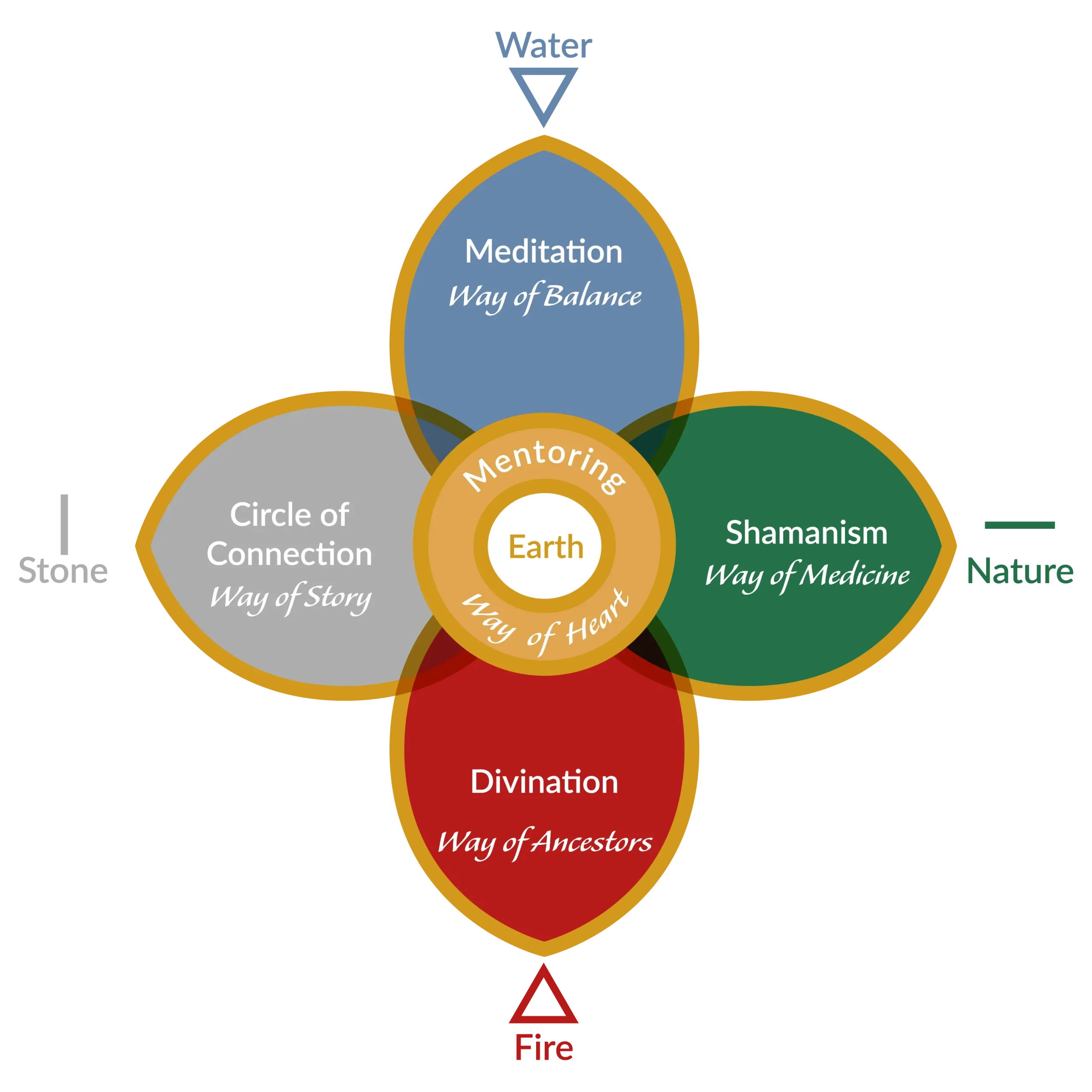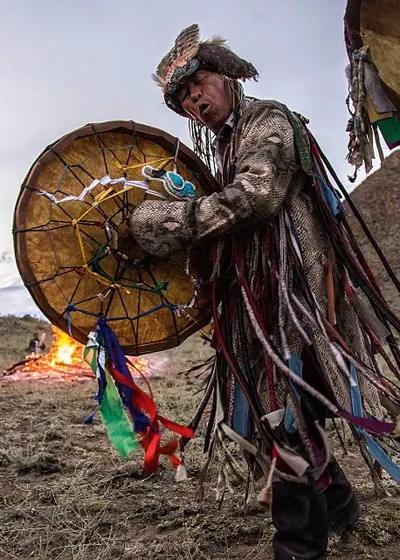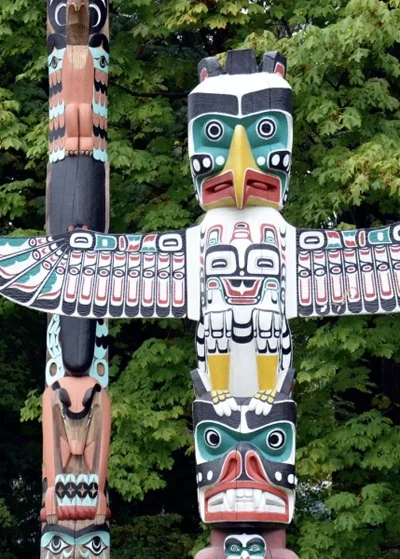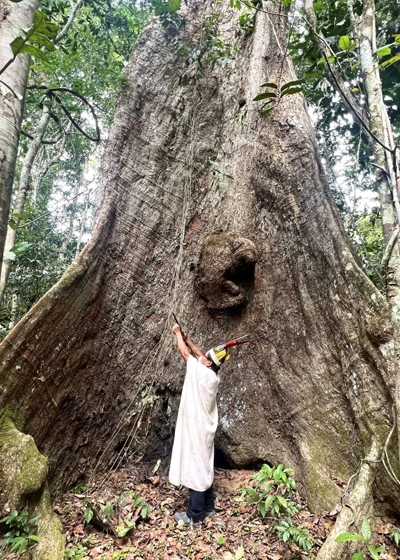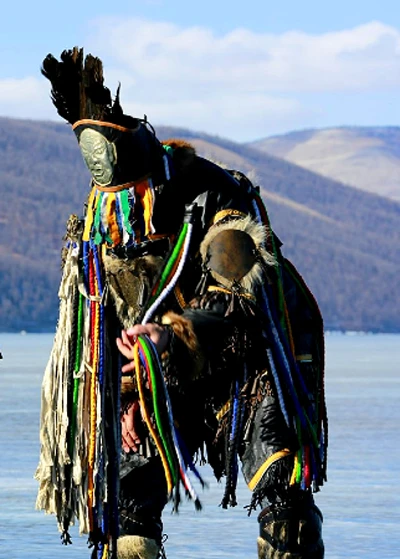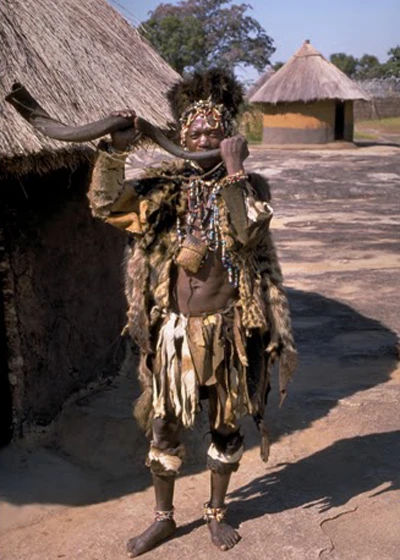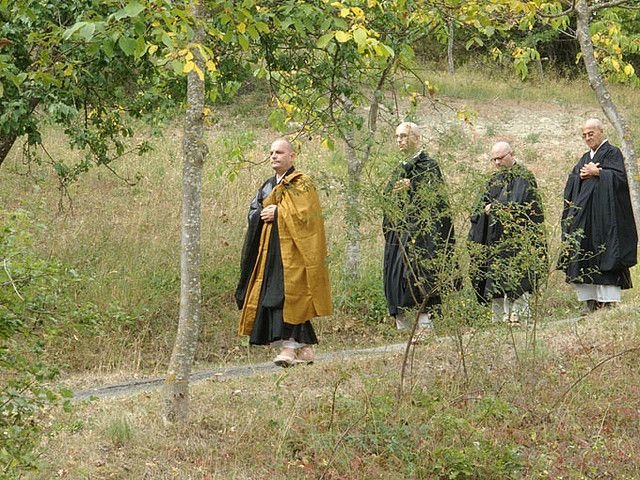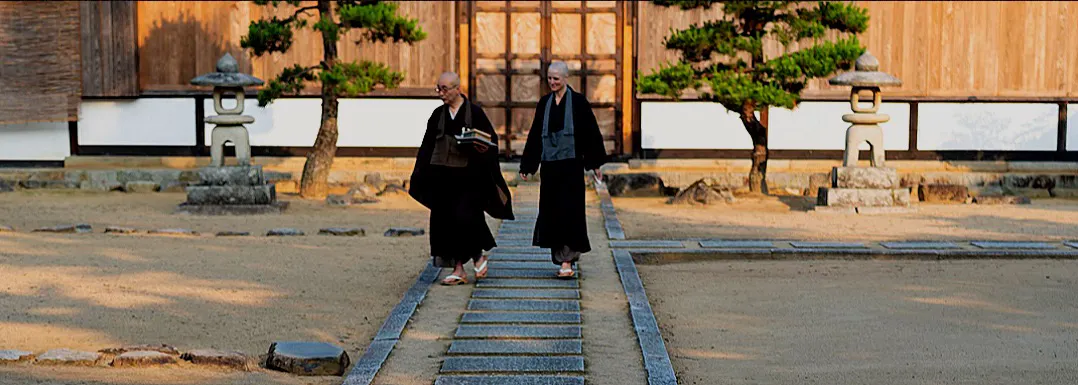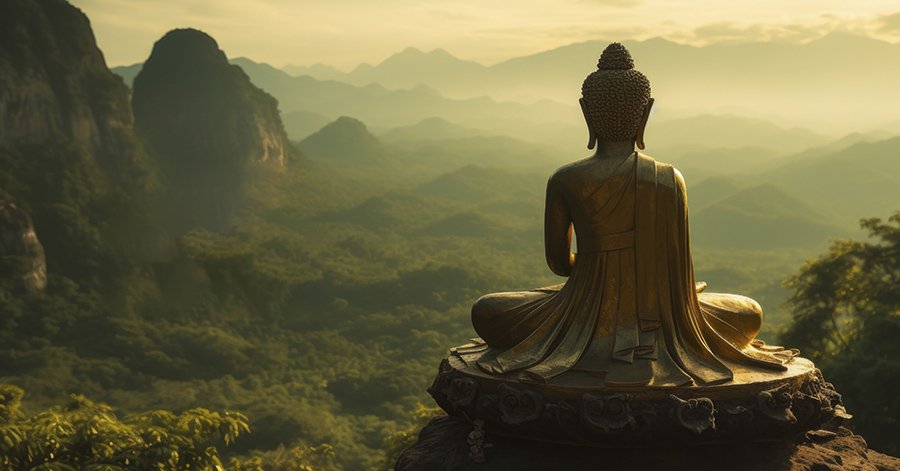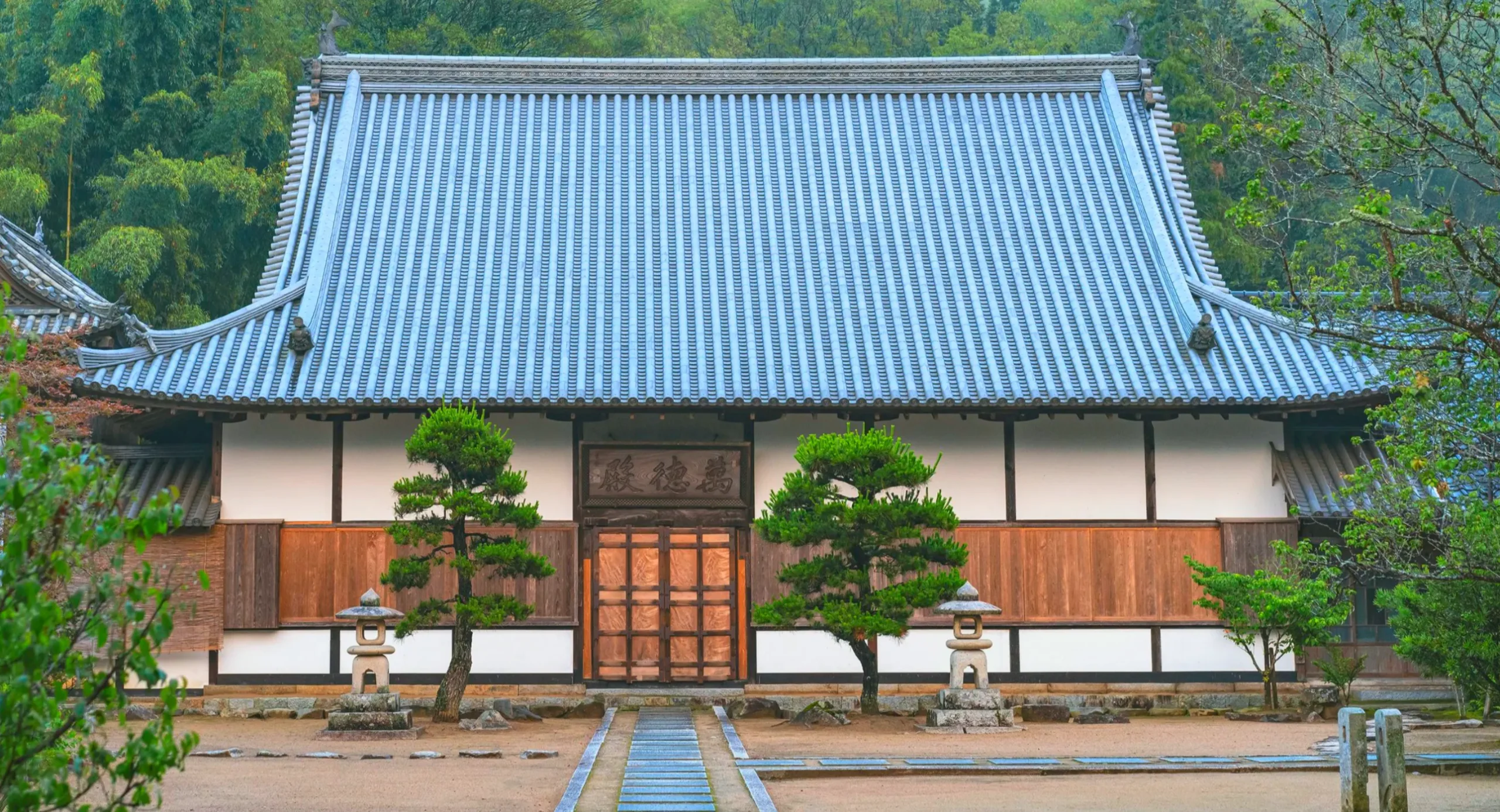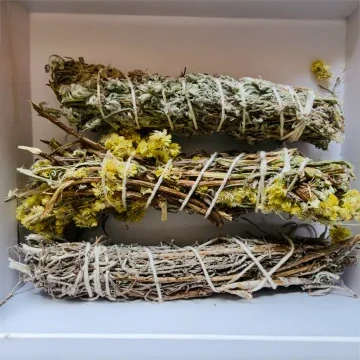
Sacred South African Plant Spirits: Healing, Protection, and Spiritual Connection

Nature - Way of Medicine
– Composed by Letitia Webber
Part 3 of a 4-Part Journey
This is an invitation to awaken the medicine within you, to listen deeply to the voice of Nature, and to discover what it means to live in harmony with your truest authentic self.
South Africa’s native flora holds profound healing, spiritual, and ancestral wisdom. In traditional medicine and shamanic practice, every plant is honored not just for its physical properties, but as a conscious being – plant spirits have the power to heal, guide, and protect.
This guide illuminates the unique gifts and spiritual uses of seven revered South African plants, how to cultivate them at home, and introduces the practice of plant dieta: a mindful, ritual way to build a deep, living relationship with each plant spirit.
Why Work With Plant Spirits?
All plants are believed to have a unique plant spirit—a consciousness that expresses itself through the plant’s energy, aroma, and effects. Connecting intentionally with plant spirits invites protection, clarity, healing, and ancestral connection into your life and home.
In many indigenous and shamanic traditions, healers (and seekers) spend time “dieting” with a plant spirit—ingesting small, mindful amounts over days, weeks or months to build a relationship with the spirit and learn its medicine on energetic, emotional, and spiritual levels.
Even those new to these practices can benefit: you don’t have to be an herbalist or shaman (read our blog about Nature Spirits in Shamanism) to cultivate a personal practice with sacred plant spirits. Listen, taste, meditate, and let the plants teach you.
Imphepho (Helichrysum spp.)
Botanical Profile
Common Names: Imphepho, African Immortelle, Kooigoed
Family: Asteraceae
Where It Grows:
Imphepho thrives across much of South Africa, especially in the Eastern Cape, KwaZulu-Natal, Free State, and Western/Central Karoo. It favors open grasslands, rocky slopes, roadside verges, and old fields, often forming dense stands that are easy to recognize thanks to their silvery-grey, aromatic leaves and clusters of yellow, everlasting flowers.

Traditional and Medicinal Uses
Ritual Cleansing:
The dried flowers and leaves are burned as incense in homes, shrines, or during ceremonies to cleanse and purify, remove negative energies, and invite in protection and spiritual clarity.Healing Tea:
Imphepho tea is used traditionally for soothing colds, coughs, mild fevers, digestive issues, and to calm anxiety or assist with sleep. The tea is gentle but should be used with respect and moderation.
Spiritual and Cultural Uses
Ancestral Connection:
Imphepho has a revered place in African spiritual practice, especially among Xhosa, Zulu, and Sotho people. The smoke is believed to open pathways to ancestors, allowing for prayers, requests, and guidance. (BEZA offers private Ancestrial Healing / Divination Sessions)Dream Invocation:
Some practitioners place a small bundle of imphepho under the pillow before sleep, believing it calls in dreams, spiritual protection, or messages from ancestors and spirit guides.Divination & Protection:
Imphepho wands or bundles may be carried, hung at doorways, or placed on altars for ongoing spiritual protection, clarity, and as an offering to guardian spirits.
The Plant Spirits and Dieta
Spirit of Imphepho:
Described as gentle, wise, and deeply protective. Many healers and spiritual students report sensing a calming and strengthening energy when working closely—through burning, tea, or meditative practice—with imphepho.Dieta Practice:
A traditional or personal “dieta” with the plant spirits of imphepho involves consuming a small amount of imphepho tea daily, or sitting with the plant in meditation, to slowly develop a relationship with its spirit. This may lead to vivid dreams, increased intuition, or enhanced sense of energetic protection. Keeping a dream or insight journal is encouraged during this process.
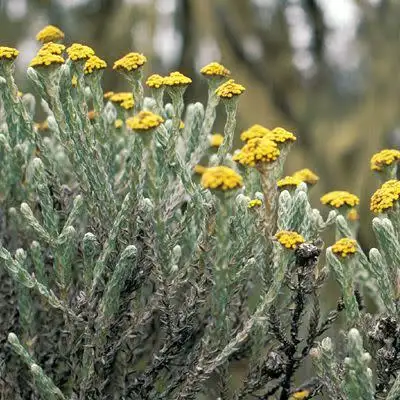
Growing Tips:
- Soil: Well-drained, sandy or rocky soil is ideal.
- Light: Loves full sun and tolerates drought.
- Water: Low water needs once established.
- Propagation: Easily grown from seed or cuttings; prune for bushier growth.
Harvesting:
- Pick leaves and flowers ideally in the morning, once dew has dried.
- Hang upside down in a dark, dry spot to preserve their aromatic qualities.
- Take your time to connect with imphepho’s presence in your home or garden. Whether through ritual, mindful tea drinking, or daily tending, this plant offers a foundation of healing, guidance, and protection deeply rooted in South African tradition.
Wormwood (Artemisia afra)
Botanical Profile
Common Names: African Wormwood, Wilde-als
Family: Asteraceae
Where It Grows:
Wormwood is native to South Africa and widely found in the Eastern Cape, KwaZulu-Natal, Gauteng, and Limpopo provinces. It thrives in grasslands, along roadsides, on rocky hillsides, and in garden spaces, recognized by its soft, grey-green aromatic leaves and clusters of small yellow flower heads.
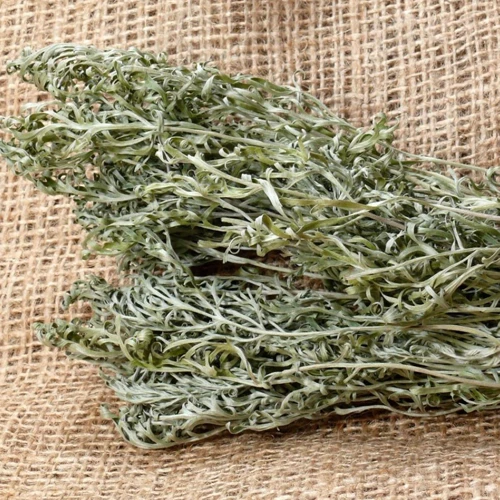
Traditional and Medicinal Uses
Healing Tea:
Wormwood has a long history as a healing herb for colds, flu, coughs, asthma, indigestion, and fevers. The leaves and stems are typically infused into a medicinal tea, which is known for its strong, bitter flavor and decongestant effects.Infusions and Baths:
Traditionally, wormwood infusions and decoctions are used externally to wash wounds and ease muscular or joint pain. Steam baths with wormwood are also employed as a remedy for respiratory ailments.
Spiritual and Cultural Uses
Energetic Cleansing:
Wormwood is especially valued for its strong cleansing power—both physically and spiritually. Burning dried wormwood leaves as incense helps clear away negative energies and protect homes from unwanted spiritual influences.Dream Work & Protection:
In some South African traditions, a wormwood bundle may be placed under the pillow or mattress to ward off bad dreams, negativity, or spiritual disturbances during sleep. The plant’s aroma is believed to invite vivid, meaningful dreams and spiritual insight.Ritual Use:
Healers frequently carry or hang wormwood in sacred spaces for purification before rituals, or to support visionary work and connecting with spirit helpers.
The Plant Spirits and Dieta
Spirit of Wormwood:
The spirit of wormwood is seen as powerful yet compassionate—a protector that brings clarity, boundaries, and visionary dreams. Many describe its presence as cleansing, invigorating, and capable of sweeping away stagnant energies.Dieta Practice:
A dieta with wormwood is approached gently, using a very mild tea over several days with mindful intention to connect with its spirit. Practitioners are encouraged to reflect on emotions, energy, and dreams, noting any subtle shifts or insights. Wormwood’s spirit may aid those seeking guidance through change, clarity in decision-making, or protection during vulnerable times.
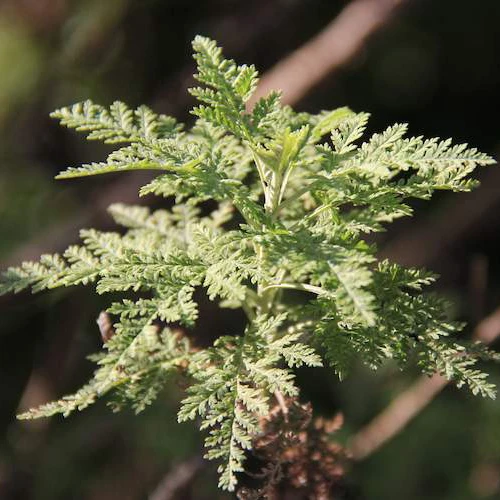
Growing Tips:
- Soil: Prefers well-drained, sandy or loamy soil.
- Light: Grows best in full sun but tolerates partial shade.
- Water: Low water needs—perfect for drought-prone gardens.
- Propagation: Easily grown from seeds, seedlings, or cuttings; prune to keep bushy and healthy.
Harvesting:
- Harvest leaves before flowering for maximum potency.
- Dry leaves and stems by hanging them in a cool, shaded area; store dried plant material in a sealed container for tea or incense.
- Tending to wormwood in your garden weaves you into centuries of South African healing and spiritual tradition. Treat the plant with intention and respect, and it will offer wisdom, protection, and cleansing to your family and spiritual practice.
Buchu (Agathosma betulina)
Botanical Profile
Common Names: Buchu, Boegoe, Diosma
Family: Rutaceae
Where It Grows:
Buchu is indigenous to the Western Cape of South Africa, thriving in the fynbos biome known for its rich biodiversity and aromatic shrublands. It is commonly found on well-drained, sandy soils of mountainous regions and coastal slopes. Buchu’s glossy green leaves emit a sweet, citrusy aroma when crushed, making it easily recognizable.
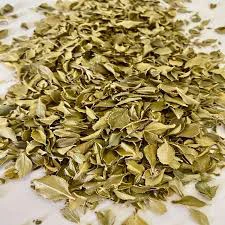
Traditional and Medicinal Uses
Healing Tea and Infusions:
Traditionally, buchu leaves are brewed into teas to support urinary tract health, act as a diuretic, soothe digestive ailments, and aid detoxification. It is also sometimes incorporated into topical preparations for skin inflammation and infections.Aromatic Uses:
The essential oils distilled from buchu leaves have antibacterial and antifungal properties and are incorporated in natural skincare and therapeutic products.
Spiritual and Cultural Uses
Cleansing and Purification:
Buchu’s scent is considered uplifting and purifying, often used in spiritual cleansing rituals to refresh living spaces and to dispel negative energy. In traditional households, a buchu-infused wash or spray is used to bring blessings and harmony into the home.Inviting Positive Energy:
The vibrant, sweet aroma is said to attract positive spirits and good fortune, making buchu a popular plant for placing near entrances or altars.Dream and Meditation Aid:
Some practitioners tuck buchu leaves under pillows to invite peaceful, insightful dreams and emotional clarity.
The Plant Spirits and Dieta
Spirit of Buchu:
Buchu carries a joyful, bright, and cleansing energy. It is often described as light and refreshing—like a gentle wind that sweeps away heaviness and invites vitality. This spirit supports emotional balance and spiritual renewal.Dieta Practice:
A buchu dieta involves drinking mild buchu tea daily for several days while maintaining mindfulness and gratitude towards the plant spirit. This practice can open one up to renewed energy, mental clarity, and greater ease in releasing stagnant emotions.
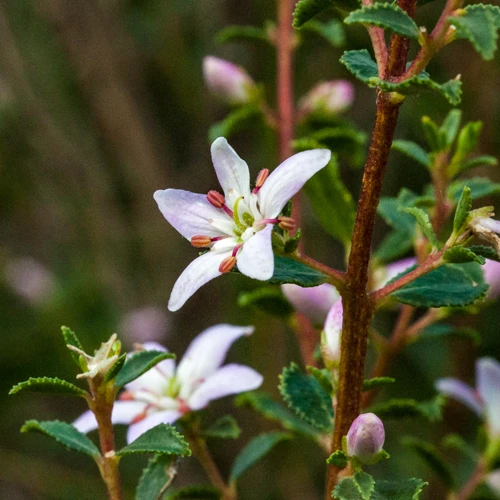
Growing Tips:
Soil: Prefers acidic, sandy, well-drained soil.
Light: Full sun to partial shade; avoid overly wet conditions.
Water: Moderate water needs, tolerant of drought once established.
Propagation: Commonly propagated by seeds and cuttings; pruning helps maintain bushy growth.
Harvesting:
- Leaves can be harvested year-round but are richest in oils shortly before flowering.
- Dry leaves for teas, infusions, or to create sachets for aromatic use.
Growing buchu in your home garden not only provides easy access to this powerful medicinal and spiritual ally but also connects you with indigenous South African tradition and nature’s vibrant healing essence. When grown with care and respect, buchu’s bright spirit can bring cleansing, protection, and joy into any space.
Aloe (Aloe vera and Aloe ferox)
Botanical Profile
Aloe species like Aloe vera and Aloe ferox are native to South Africa and thrive in dry, sunny environments with well-drained, rocky soils. Aloe ferox (Bitter Aloe) is found mainly in the Eastern Cape, Free State, KwaZulu-Natal, and parts of the Western Cape.
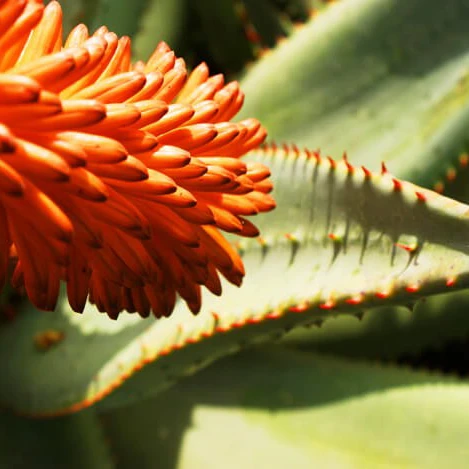
Traditional and Medicinal Uses
The gel inside the leaf is widely known for healing burns, wounds, insect bites, and skin irritations.
The bitter latex beneath the leaf skin (especially in Aloe ferox) is traditionally used as a laxative and for treating arthritis and digestive problems.
Aloe has been used by indigenous South Africans for skin infections and digestive issues, with modern research confirming its anti-inflammatory and antibacterial properties.
Spiritual and Cultural Uses
Aloe is regarded as a guardian plant symbolizing resilience, healing, and protection.
It is often planted near homes or kept on altars to cleanse energies and provide spiritual shielding.
Applying aloe gel is not only physical care but also a ritual for calming and restoring balance.
Traditionally, aloe may be included in ceremonial washes and healing rituals to invite renewal.
The Plant Spirits and Dieta
Aloe’s spirit is nurturing and protective, supporting physical and energetic healing.
A dieta practice with aloe could include mindful application of aloe gel daily or sipping small amounts of aloe juice (when properly prepared), inviting deeper connection and cleansing on all levels.
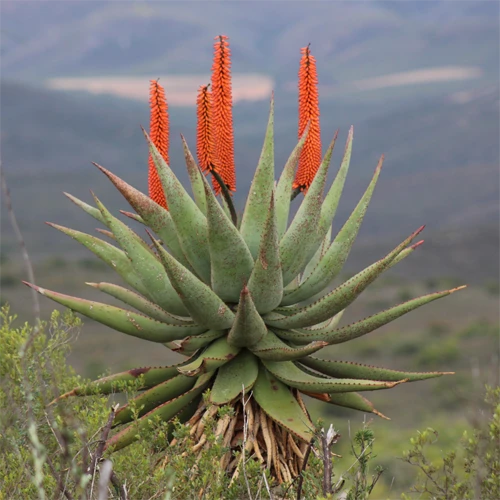
Growing Aloe at Home
Aloe needs well-drained, sandy or loamy soil and plenty of sunshine.
It is drought-tolerant and requires moderate watering, allowing soil to dry out between watering.
Easy to propagate from leaf cuttings or seeds; plants mature slowly but live for many years.
Harvest leaves by cutting mature outer leaves, separating gel for use while respecting the plant’s recovery.
Growing aloe at home is both practical and spiritual—offering ready healing medicine and inviting a constant presence of resilience and protection into your sacred garden.
Sage (Salvia africana-lutea or Salvia officinalis)
Botanical Profile
Sage is a widely recognized herb. While Salvia officinalis (Common Sage) originates from the Mediterranean, it is well-adapted and commonly cultivated in South Africa. More relevant to the local context is Salvia africana-lutea (African Sage or Brown Salvia), which is indigenous to the Western and Eastern Cape provinces. Both are aromatic shrubs with distinctive leaves.
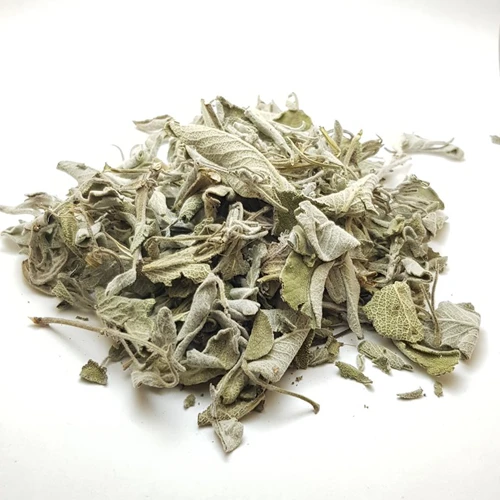
Traditional and Medicinal Uses
Common Sage: Used extensively in culinary arts, but also in traditional medicine as a tea for sore throats, coughs, and digestive issues due to its antiseptic and anti-inflammatory properties.
African Sage: Has a long history of use in indigenous South African medicine for respiratory complaints, fevers, and as a general tonic. Both species can be used in cleansing and healing practices.
Spiritual and Cultural Uses
Sage, particularly when burned, is universally recognized as a powerful purifier. Its smoke is used to cleanse spaces, people, and objects of negative or stagnant energies.
Smudging: The practice of burning dried sage leaves (often in a bundle) to clear energy and invite positive spiritual influences is deeply rooted in many global cultures and is widely adopted by spiritual seekers for ritual preparation, meditation, and protection.
It is believed to bring clarity, wisdom, and spiritual protection, helping to set intentions and create sacred space.
Keeping a live sage plant by the entrance of a home is believed to ward off unwanted energies and ensure a clear, peaceful environment.
The Plant Spirits and Dieta
The spirit of sage is often perceived as a wise guardian, a no-nonsense cleanser, and a bringer of truth. It can help cut through confusion and establish clear boundaries.
A dieta with sage could involve sipping a very mild sage tea daily before meditation or reflective journaling. Pay attention to how it clarifies your thoughts, strengthens your intuition, or helps you release what no longer serves you.
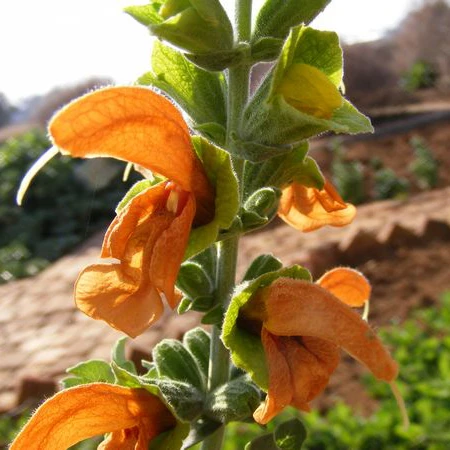
Growing Sage at Home
Both Salvia officinalis and Salvia africana-lutea thrive in full sun and well-drained soil.
They are drought-tolerant once established and are relatively low-maintenance.
Regular pruning encourages bushier growth and provides a continuous supply of leaves for harvesting.
Grow from seeds, cuttings, or readily available nursery plants.
Cultivating sage at home provides a powerful ally for spiritual hygiene, mental clarity, and protection. Its presence in your garden offers a constant source for personal rituals of purification and intention setting, connecting you to ancient practices of energetic cleansing.
Practical Tips for Your Sacred Garden
Start small: Choose plants with personal meaning and easy care requirements.
Harvest with reverence: Always ask permission, harvest at sunrise or with intention, and give thanks.
Create ritual: Daily watering, pruning, or sitting with your plant becomes spiritual practice.
Honor the old ways: Incorporate plants into your spiritual lineage—whether via tea, incense, baths, or simple presence.
Create Your Own Plant Dieta
Any plant—be it rose, lavender, or another household herb—can be approached with respect as a teacher. The practice of dieta is not about quantity or intoxication, but mindful relationship with plant spirits.
Choose one plant for a week or month.
Prepare a very gentle tea, bath, or simply sit and meditate beside it.
Each day, offer a simple gratitude, and note how your relationship grows: Is there a shift in mood, insight, or spiritual resonance?
- We invite you to join our morning meditation sessions or enroll in a Zen meditation training. These practices nurture mindfulness and can be a valuable support during your plant dieta, helping you to develop a deeper, more authentic connection with the plant spirits you welcome into your garden.

Closing Invitation: Cultivating Your Relationship with Plant Spirits
Every plant you grow is more than a source of physical healing – plant spirits are a living presence, and a guide. Through mindful cultivation, spiritual dialogue, and the practice of dieta, you join a lineage of healers who know the garden as temple, and each herb as an ancestor and friend.
Begin at home – one plant, one breath, a thousand possibilities for healing and connection.
A Call to the Seekers
If you feel called to rewild your spirit and deepen your connection with nature’s medicine, explore Born as the Earth Zen Academy’s meditation and shamanic training. Our programs provide tools, teachings, and community support to help you walk your authentic path.
Sign up for our newsletter to receive guided practices, insights, and invitations to upcoming workshops.
Discover more about our Apprentice Training and begin your transformative journey today.
Medicine of NATURE Module
Way of Medicine
16 July - 30 August 2026

Make Way for your Truth - The world needs your undomesticated, truest self in this moment. This training is for the committed ones who are eager to uncover their authentic selves and give the gift of their unwavering Truth to the world. We will explore the subtle and spontaneous workings of Nature as a guide to bringing you into a more intimate relationship with your originality and genuineness. Read the signs around you. Meet unpredictability with authenticity and curiosity. Trust your medicine to meet revolutionary moments with truth. In this Module we study medicine gifts; transformation; the trickster; authentic expression; transformation; shapeshifting and truth.
Personal Shamanic Training with Nangaku
These private training sessions are a unique opportunity to learn various shamanic practices. It is recommended for you to plan for ongoing weekly or monthly personalized training sessions. The first session would engaged to discern where your particular inclination lies in the realm of shamanic practices: Dreamwork; Divination; Rituals; Healing; Intuition; The Medicine Wheel; Myths; Spirit Work etc..
Once on your path of self-exploration, individualized training and practices will be offered to you in which you will be guided to acknowledge, affirm and nurture your unique gifts on your path to becoming a healer.

Why explore Shamanism?
I want to learn various shamanic practices
I want to expand my consciousness
I want to access my inner wisdom
I want to know what my unique spiritual gifts are
PERSONAL SHAMANIC TRAINING
R500 per session (Africans)
€75 per session (Internationals)
Live training sessions with Ekan Nangaku (50min session)
Tues – Thurs 1-5pm SAST
2. Advanced Training Track
Advanced Training begins with becoming an Apprentice through the Apprentice Gate. Once at least 2 Elemental Modules have been completed you may progress through the Student gate and then on through the Facilitator Gate.
GATEKEEPER APPRENTICE TRAINING
Apprentices enter Advanced Training through participating in one 2-month elemental module, or by journeying through all 5 elemental modules around BEZA’s Medicine Wheel which lasts 10 months.
Includes:
- All of The 5 Gates offered in the Guest Track above
- Zen & Elemental Meditation Guidance Training
- Advanced Circle of Connection Training
- Personal Divination sessions
- Regular Mentoring sessions
- Prerequisite to enter the Student Track
2 Months of Comprehensive Training per module
2 x R1500/€225 monthly DANA subscription payments per module


